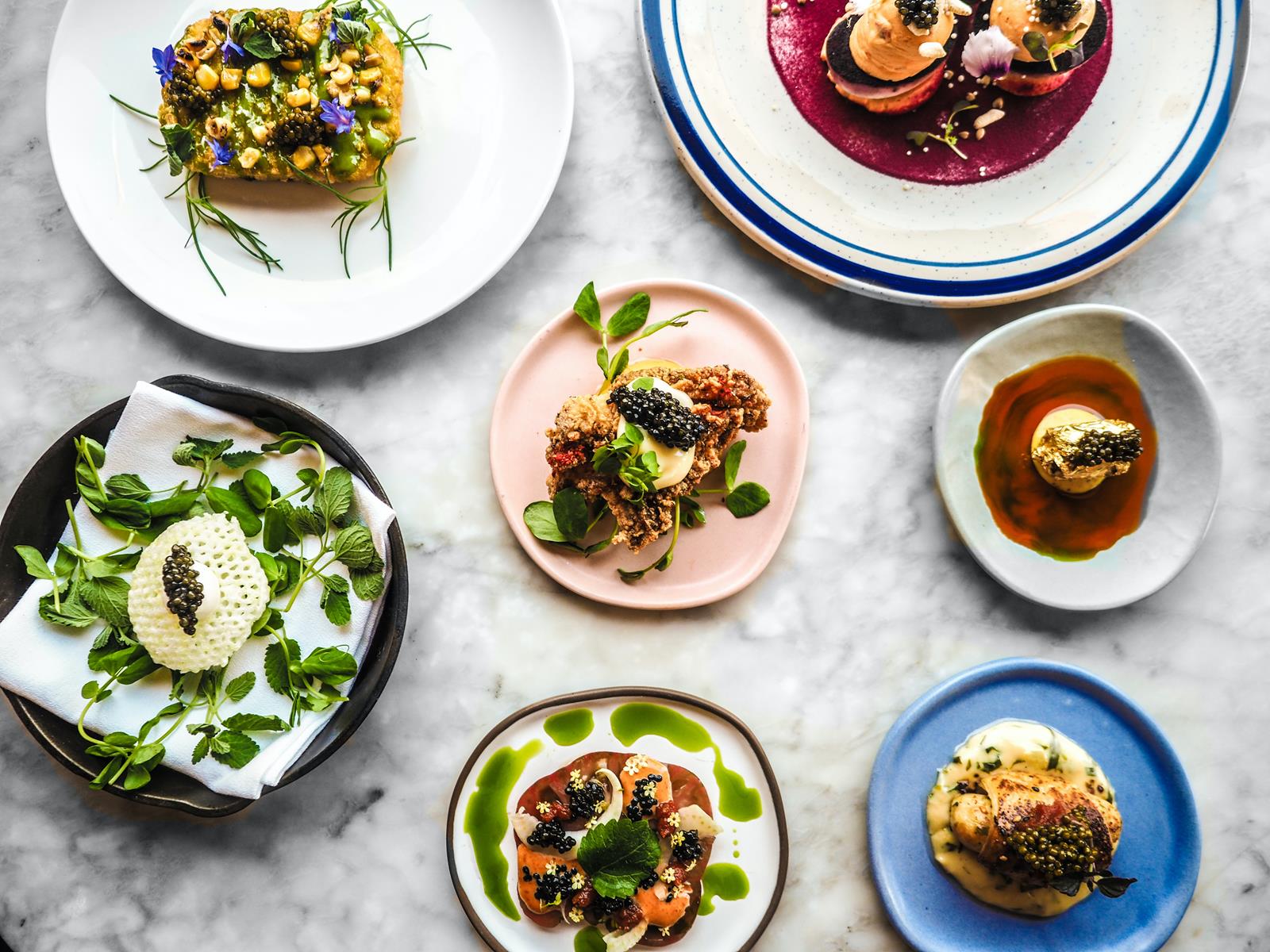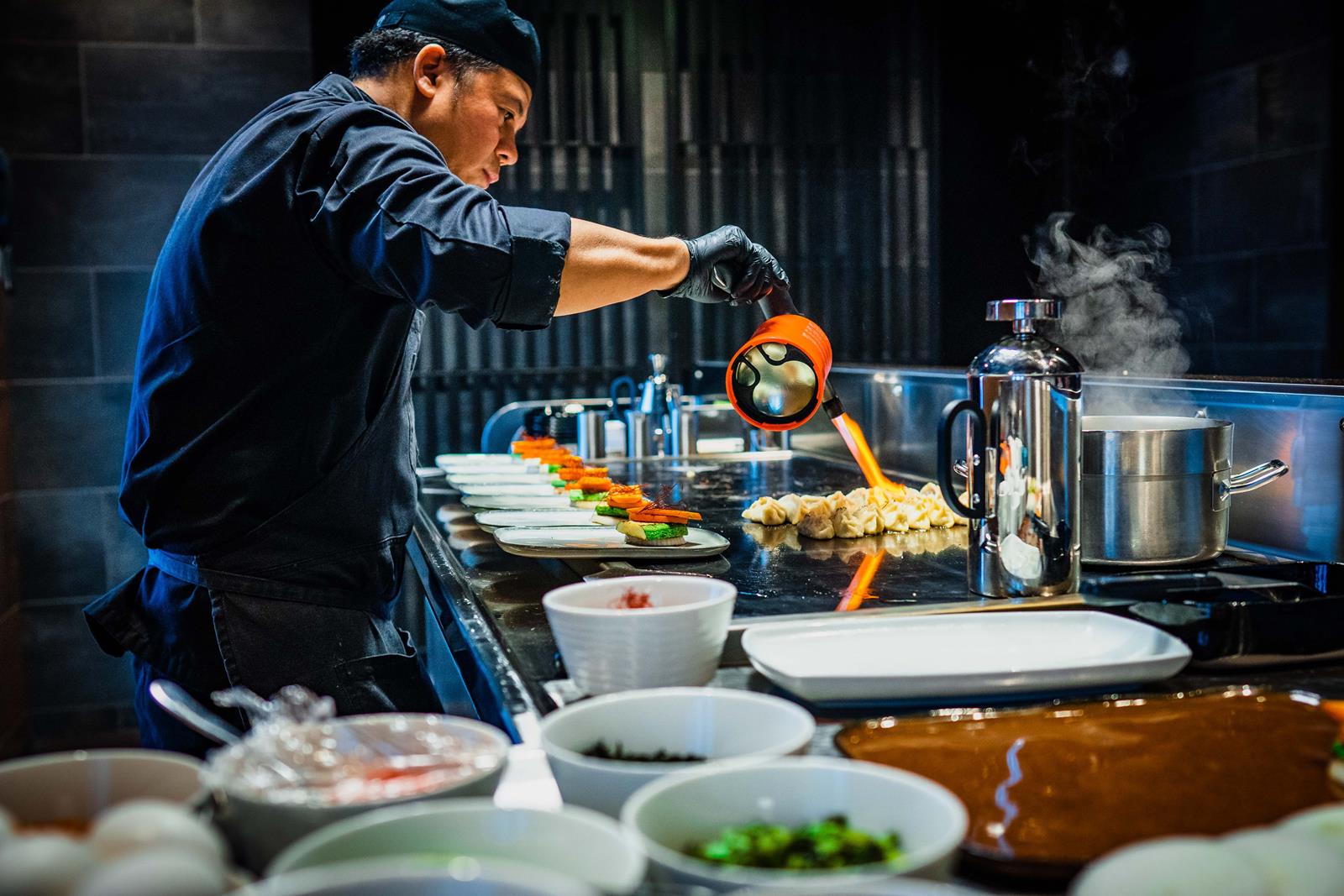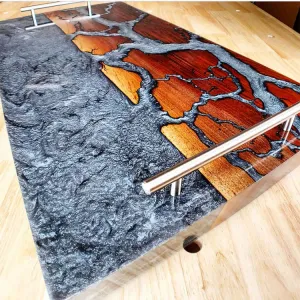Options For Fine Dining
Beyond simple culinary enjoyment, fine dining honors artistry, hospitality, and environment that turns a dinner into a memorable occasion. These days, fine dining choices reflect a range of preferences, traditions, and changes in the eating scene of today. Whether your taste is for the intimacy of a chef’s tasting menu, the precision of French haute cuisine, or the globe fusion of modern gastronomy, there is a fine dining style to meet every occasion and pallet. These places stand out for their cuisine but also for their commitment to service, aesthetics, and food-based storytelling method. Researching great eating helps one to understand how elegance, creativity, and history live in contemporary restaurants, therefore allowing consumers to experience gastronomy as both food and art.
Classic Fine Dining Establishments
At fine dining restaurants, conventions follow elegance, formality, and timeless cooking techniques. These restaurants abound in white tablecloth services, multi-course meals, and perfect attention to detail in both appearance and hospitality. Typically providing French or continental cuisine, traditional restaurants emphasize correctness, balance, and decades of gourmet mastery. Often accompanied by a sommelier to recommend wine pairings, the highly trained staff members have a maître d’ to elegantly and sensibly manage the dining experience.
These restaurants attract to those seeking for a celebration—anniversaries, corporate dinners, or cultural events. They provide consistency and grace; every component of the meal is coordinated to ensure excellence. Often modest and elegant, the environment improves the food to create a setting where formality is both valued and enjoyed. Traditional formal dining is still a highly respected option defining luxury for individuals oriented to history, elegance, and a sense of ceremony.
Contemporary and Experimental Dining Concepts
Unlike traditional restaurants, many excellent eating options currently have a more modern and experimental mentality. Many times, these restaurants respect fresh approach over formality and artistic expression. Chefs here enter new culinary boundaries by challenging stereotypes using molecular gastronomy, unusual flavor combinations, and artistic plating. Customers could be offered seasonal sample dishes that vary daily under guidance from local ingredients or the chef’s current ideas instead of predetermined menus.
Designed to excite the senses without the rigid framework of conventional fine dining, the mood in these restaurants usually is more relaxed and immersive. These places abound with modern art, music, open kitchens allowing the experience to be more intimate and interesting. Those who like creativity, originality, and surprise above formality would find this dining style ideal. For many, these restaurants represent the evolution of fine dining—where culinary restrictions are bent to provide amazing sensory experiences.
Culturally Inspired Fine Dining
Fine dining has changed to include culturally inspired events stressing the depth and beauty of regional traditions in keeping with globalization and growing appreciation of diverse cuisines. High-end Japanese, Indian, Mexican, and Middle Eastern restaurants are garnering more and more respect for their ability to enhance traditional dishes with first-rate goods and creative techniques. These places honor heritage and sometimes combine new features to create distinctive and important menus.
Fine dining with cultural influence has an educational value because it enables consumers discover the spiritual and historical importance of certain meals or procedures. the meal might have rituals or distinctive presentations that bind consumers to the source of the food. Whether via a new Latin American tasting menu, a North African spice excursion, or a traditional omakase experience, this option promotes inquiry via the lens of authenticity and culinary excellence. It’s a way for visitors and foodies to admire the diversity and inventiveness of the world’s cuisines in a refined setting.
Farm-to-Table and Sustainable Luxury
More and more fine dining establishments are using sustainability and showcasing farm-to– table concepts that give local sourcing, ethical manufacturing first importance. Eating seasonally comes first as well. regularly located near farms, vineyards, or coastal regions, these restaurants create menus that alter regularly to reflect what is fresh and easily available. Emphasized are openness, simplicity, ingredient purity, without compromising elegance or skill.
Often rustic yet sophisticated, these venues make advantage of open spaces, natural materials, and an emphasis on comfort and ground connection. Often loved by diners are meals that stress the flavor of the food itself—enhanced by good cooking and thoughtful combinations. Chefs collaborating with farmers, foragers, and fishermen will ensure their dishes reflect place and season. Those who value conscientious consumerism, environmental responsibility, and the enjoyment of eating food at its optimum quality might find appeal in this approach.
Urban Chic and Rooftop Fine Dining
For those seeking a more cosmopolitan experience, fine dining options in urban regions might mix culinary expertise with panoramic views and exquisite décor. R rooftop restaurants and high-rise buildings provide fantastic city views coupled with skillfully designed cuisine, thus blending ambiance with innovation. Usually attracting a hip demographic, these places include contemporary décor, live music, and carefully curated drink programs that complement the cuisine.
The food in these locations could vary from contemporary American to Asian fusion depending on stunning presentation and powerful flavor qualities. Although service is still professional and polished, the environment is typically more lively and friendly to fit those who like the confluence of food, culture, and nightlife. Eating at these restaurants becomes not just a meal but also a diverse experience combining taste, look, and ambiance—ideal for both celebration and luxury right in the center of the city.
Conclusion
The scene of fine dining has evolved to become a dynamic and inclusive world of culinary creation with a great variety of options to fulfill all tastes, values, and experiences. From the ageless elegance of historic restaurants to the bold inventiveness of modern chefs, every kind of fine dining provides a unique way to engage with food on a more deep level. While environmentally conscious and sustainable venues show growing awareness of ethical and environmental problems, culturally inspired food guides visitors to the richness of global heritage. Urban rooftops and experimental kitchens provide even another level where cuisine meets modern architecture and entertainment. Every notion of great dining is actually about its ability to turn a meal into something special, emotional, and intentional. Finding these many methods of luxury and taste not only satisfies but also motivates consumers of how food, when prepared with vision and care, can transcend the ordinary and celebrate the amazing.



